You’re out in the wild, miles from civilization, and you’ve just bagged a deer, rabbit, or maybe even something more exotic. The adrenaline’s still pumping, but now comes the real test—how do you know if that meat is safe to eat? One wrong move, and you could be dealing with anything from a nasty stomachache to a life-threatening illness.
Experienced hunters know how to handle their kills and recognize the signs that determine whether meat is worth harvesting or must be abandoned. But for preppers and survivalists—many of whom aren’t regular hunters—assessing wild game isn’t just a skill; it’s a critical survival necessity. Whether you’re living off-grid or preparing for emergencies, the ability to distinguish good meat from spoiled or dangerous game could mean the difference between survival and disaster.
First Things First: Trust Your Senses
When you’re miles from the nearest grocery store, your senses become your most reliable tools. Forget expiration dates and USDA seals—out here, you are the food inspector. And if you ignore what your eyes, nose, and hands are telling you, you’re rolling the dice with your health.
I believe is worth digging deeper into how to really assess wild game—beyond just a quick sniff or glance. You can’t afford any mistakes when your survival depends on the wild meat you are able to procure.
1. The Sniff Test – More Than Just a Whiff
Sure, you know rotten meat stinks. But some warning smells are subtler. Here’s what to watch for:
- Sour or fermented odor? Means bacteria are already breaking it down.
- Ammonia-like sharpness? Could be spoilage or even urine contamination if the animal wasn’t field-dressed properly.
- Sweet but off smell? Some spoiled meat develops a sickly-sweet scent before going full-on rancid.
Pro Tip: If you’re unsure, cut into a deeper section. Surface smells can be misleading—sometimes the inside tells the real story.
2. Color and Texture – The Devil’s in the Details
Meat shouldn’t look like it’s been through a chemical experiment. Here’s what’s normal (and what’s not):
Normal:
- Venison: Deep red to purplish when fresh, turning darker after exposure.
- Rabbit/Birds: Pinkish-white to light red.
- Bear/Wild Boar: Darker red, almost maroon.
Abnormal (Toss It):
- Gray or greenish tint? Oxidation and bacteria at work.
- Rainbow sheen? That iridescent glimmer isn’t magic—it’s bacterial growth.
- Sticky or slimy film? Even if it doesn’t smell bad yet, that texture means trouble.
Funny thing? Some game (like bear meat) naturally has a darker hue, so don’t panic—just cross-check with smell and texture.
3. The Touch Test – Does It Feel Wrong To the Touch?
Fresh meat should feel firm, not mushy. Press a finger into it—if the indentation stays, that’s a bad sign (means proteins are breaking down).
- Springy = Good. It bounces back.
- Soggy or gelatinous = Bad. Decomposition’s setting in.
And if it’s warm in the middle hours after the kill? Unless you’re in a heatwave, that’s bacterial activity. Cool it down fast or cook it immediately.
4. The Weird Stuff – Parasites, Cysts, and Mystery Lumps
You ever slice into a piece of meat and find something that makes your stomach turn? Yeah, that’s nature’s way of saying “Don’t eat this.”
Common Culprits:
- Trichinella worms (tiny white spirals in pork/boar/bear meat).
- Liver flukes (flat, leaf-like parasites in deer livers).
- Cysts or abscesses (round, pus-filled lumps—often in older animals).
What to do? If you spot any of these, cut way around them or if you can afford it, discard the meat entirely. Freezing can kill some parasites, but not all—and cooking might not save you if the infestation is bad.
5. The Gut Check – Literally
If you field-dress the animal, pay attention to the organs. Healthy insides mean safer meat. Make sure you check the following:
- Liver should be smooth and deep red (not spotty or pale).
- Lungs should be clean, no foam or dark patches.
- Intestines intact? Good. If they’re ruptured, the meat might taste foul from bile contamination.
Old Trapper’s Trick: If the liver looks diseased, the whole animal might be compromised. When in doubt, skip it.
Your Senses Are Smarter Than You Think
Modern life has made us distrust our instincts—we rely on labels, dates, and store-bought guarantees. But in the wild, your senses are the ultimate survival tool. If something looks, smells, or feels wrong, it probably is.
And hey, if you’re still unsure? Better to go hungry for a night than spend the next week praying to the doctors have the means to cure you.
Field Dressing: Do It Right or Don’t Do It At All
Field dressing isn’t just about getting the guts out—it’s the difference between fresh, safe meat and a spoiled, bacteria-ridden mess. One wrong cut, one missed step, and your hard-earned kill could turn into a stomach-churning disaster.
So let’s break it down step by step, because in survival, there’s no room for half-measures.
Why Field Dressing Matters More Than You Think
Ever bite into meat that tastes like bile or smells like a swamp? That’s what happens when field dressing goes wrong. Bacteria multiply fast, especially in warm weather. The quicker you cool the meat and remove the organs, the longer it stays edible.
Here’s the brutal truth:
- A gut-shot deer? You’ve got minutes before bile taints the meat.
- A rabbit left whole in the sun? Spoils faster than milk in July.
- Slow, sloppy butchering? Congrats, you just marinated your dinner in bacteria.
Do it right, or don’t bother—because bad meat isn’t just gross, it’s dangerous.
Step-by-Step: The Right Way to Field Dress Game
1. Bleed It Out Immediately
The longer blood stays in the meat, the gamier and tougher it gets.
- For large game (deer, boar): Sever the throat or major arteries to drain blood fast.
- For small game (rabbits, birds): A quick cut at the base of the neck does the trick.
Pro Tip: Hang the animal head-down if possible—gravity helps drain every last drop.
2. Remove the Guts Without Contaminating the Meat
This is where most beginners mess up. One puncture to the intestines or bladder, and the whole carcass is at risk.
How to do it cleanly:
- Start at the sternum. Make a shallow cut from pelvis to ribcage—just deep enough to open the body cavity.
- Peel back the hide, keeping your knife angled outward to avoid nicking organs.
- Cut around the anus/genitals (tie them off with string first to prevent leakage).
- Roll the guts out in one piece. If something bursts, wipe the meat down immediately with clean water or snow.
Ever heard of “green meat”? That’s what happens when gut fluids soak into muscle tissue. It tastes like death and smells worse.
3. Cool It Down FAST
Bacteria thrive in body heat. The faster you chill the meat, the longer it lasts.
- In cold weather: Prop the cavity open with sticks to let cold air circulate.
- In hot weather: Pack the cavity with clean snow, moss, or even cold stream water (just dry it afterward).
- No natural coolants? Skin the animal—hide traps heat like a winter coat.
Myth Buster: “Letting meat age in the fur” is an old trapper’s tale—unless it’s freezing out, you’re just incubating bacteria.
Common Mistakes (And How to Avoid Them)
Mistake #1: Leaving the Heart & Liver Inside
These organs hold heat. Even in cold temps, they can spoil the surrounding meat if left in too long.
Fix: Remove them ASAP. The heart and liver are edible (and nutritious), but store them separately.
Mistake #2: Using a Dirty Knife
That pocket knife you just used to cut rope? Yeah, it’s covered in bacteria.
Fix: Wipe the blade with alcohol, boiling water, or even urine (in a pinch) before butchering.
Mistake #3: Rushing in the Dark
Trying to field dress at night? Good luck not slicing into the stomach or missing a critical step.
Fix: If you can’t see, wait for daylight—or use a headlamp with a red filter (keeps bugs away).
When to Walk Away From a Messy Kill
Sometimes, the damage is too far gone. If:
- The guts are ruptured everywhere (bile stench won’t wash off).
- The meat is already warm and stiff (rigor mortis + heat = rapid spoilage).
- You find pus-filled abscesses (disease risk isn’t worth it).
…then it’s better to lose one meal than risk poisoning yourself.
Field dressing isn’t glamorous, but it’s non-negotiable. The faster and cleaner you do it, the safer your food will be.
Remember: In a survival scenario, food is life—but only if it doesn’t kill you first.
To be continued
You’ve learned how to assess wild meat and how to field dress it properly, to avoid meat spoilage. However, to make sure your wild animal meat is good for eating we also need to cover the aspects of cooking and preserving the meat.
Also, we will discuss the non-negotiable reasons to avoid wild meat entirely, there are some things you need to know before field-dressing and harvesting a dead animal.



















































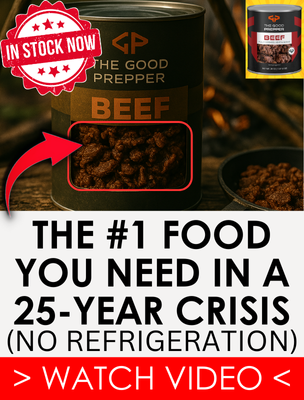









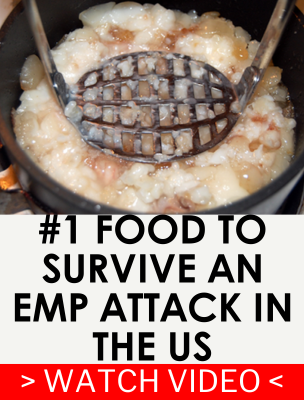

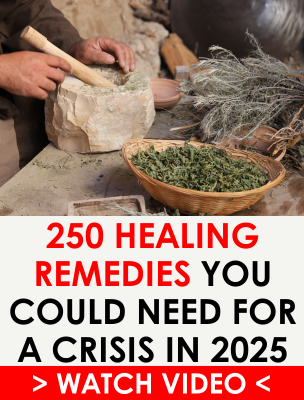

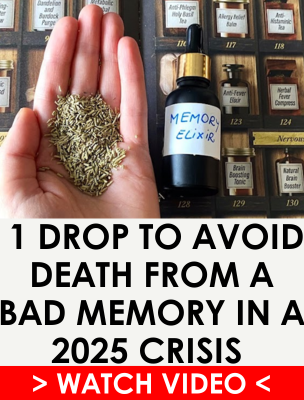

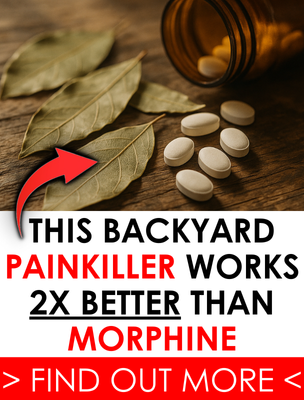

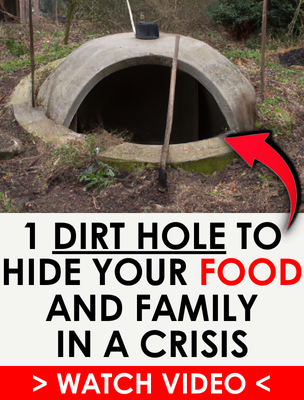
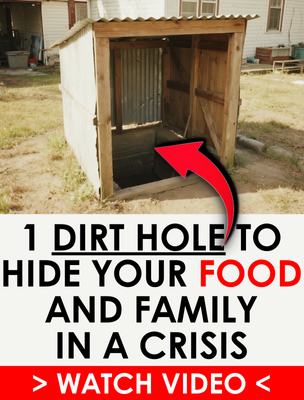


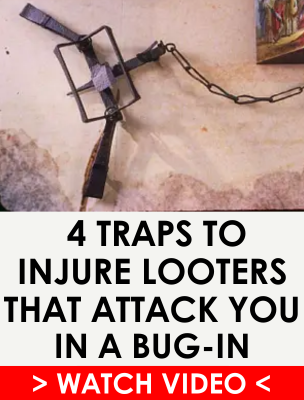

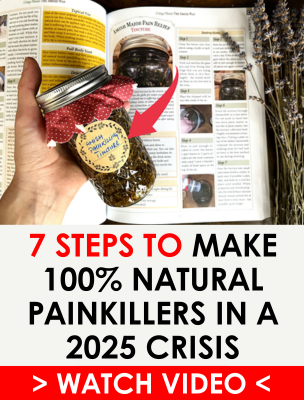


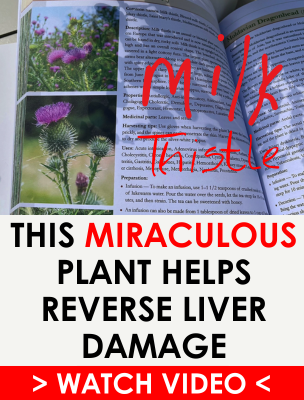
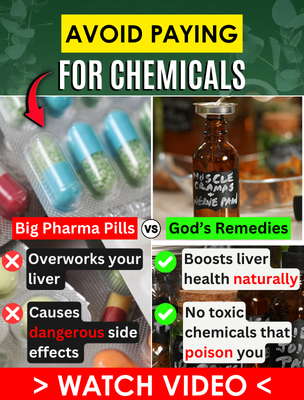
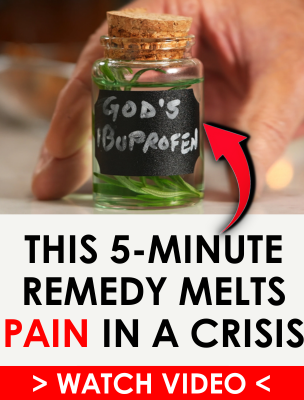




My greatest concern on this subject is deer, especially, and other animals infected with a prion disease, specifically Chronic Wasting Disease (CWD), which is a transmissible spongiform encephalopathy (TSE). CWD, like mad cow disease (BSE) in cattle which is caused by abnormally folded proteins called prions. Prions are infectious and lead to neurodegenerative diseases. CWD is always fatal in deer and there is no treatment or vaccine. The deer I’ve harvested have been strong, healthy, elusive, challenging and had the highest of full instincts to avoid hunters.
Regarding: “… avoid wild meat entirely” We also have concerns that it will he hunted to rarity and near extinction depending upon the scenarios. I’m guessing that can fish will be abundant, particularly with massive commercial operation curtailment due to economic and societal collapses with the pressures of rod and reel being comparatively miniscule.
Ocean fish …. wish I could edit spell checker created errors.
Website system operator, here is the corrected version and the previous can be replaced.
Regarding: “… avoid wild meat entirely” We also have concerns that it will he hunted to rarity and near extinction depending upon the scenarios. I’m guessing that ocean fish will be abundant, particularly with massive commercial operation curtailment due to economic and societal collapses with the pressures of rod and reel being comparatively miniscule.